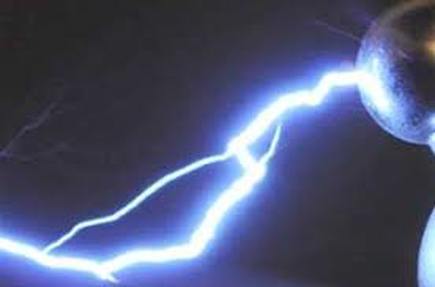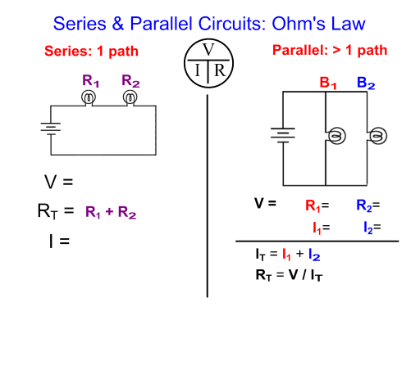UNIT 5: ELECTRICITY & MAGNETISM(5 DAYS)
Electricity and magnetism are manifestations of a single underlying electromagnetic force. Electromagnetism is a branch of physical science that describes the interactions of electricity and magnetism, both as separate phenomena and as a singular electromagnetic force. A magnetic field is created by a moving electric current and a magnetic field can induce movement of charges (electric current). The rules of electromagnetism also explain geomagnetic and electromagnetic phenomena by explaining how charged particles of atoms interact. Before the advent of technology, electromagnetism was perhaps most strongly experienced in the form of lightning , and electromagnetic radiation in the form of light. Ancient man kindled fires that he thought were kept alive in trees struck by lightning. Magnetism has long been employed for navigation in the compass. In fact, it is known that Earth's magnetic poles have exchanged positions in the past. |
NC STANDARDS
1. Summarize static and current electricity
2. Explain simple series and parallel DC circuits in terms of Ohm's Law
3. Explain how current is affected by changes in composition, length, temperature, and diameter of wire
1. Summarize static and current electricity
2. Explain simple series and parallel DC circuits in terms of Ohm's Law
3. Explain how current is affected by changes in composition, length, temperature, and diameter of wire
ESSENTIAL QUESTIONS
1: How do electric charges exert force on each other?
2: How are series and parallel circuits similar and different in how they transfer energy?
3: How do the properties of magnets explain why some materials are magnetic and some are not?
4: How can currents and magnets exert forces on each other?
1: How do electric charges exert force on each other?
2: How are series and parallel circuits similar and different in how they transfer energy?
3: How do the properties of magnets explain why some materials are magnetic and some are not?
4: How can currents and magnets exert forces on each other?
DAY 1: INTRO TO ELECTRICITY
|
| ||||||||
DAY 2: CIRCUITS & OHM'S LAW
| |||||||||
DAY 3: MAGNETISM
|
| ||||||
DAY 5: UNIT TEST

